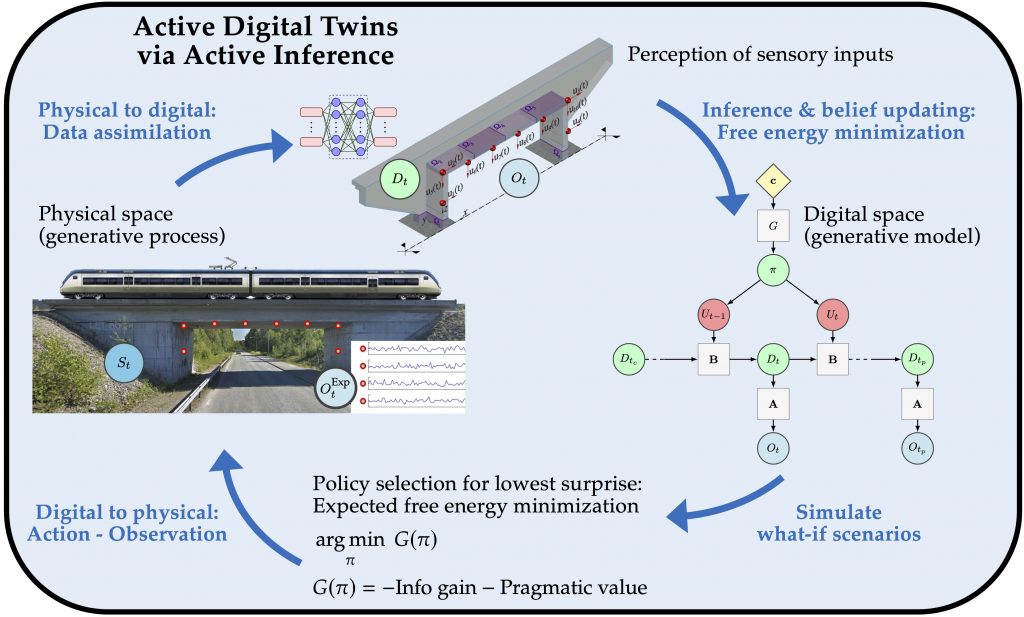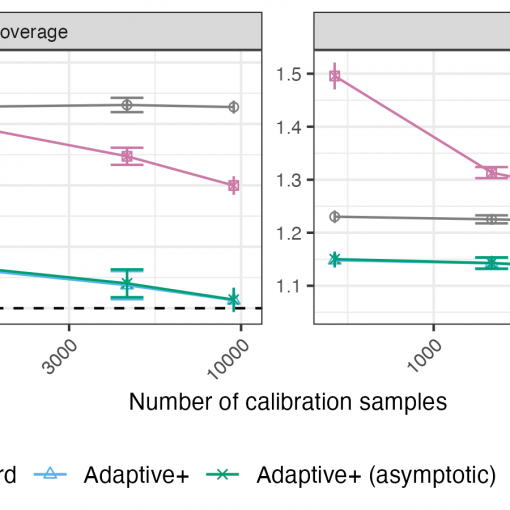A new MOX Report entitled “Active digital twins via active inference” by Torzoni, M.; Maisto, D.; Manzoni, A.; Donnarumma, F.; Pezzulo, G.; Corigliano, A. has appeared in the MOX Report Collection.
Check it out here: https://www.mate.polimi.it/biblioteca/add/qmox/41-2025.pdf
Abstract: Digital twins are transforming engineering and applied sciences by enabling real-time monitoring, simulation, and predictive analysis of physical systems and processes. However, conventional digital twins rely primarily on passive data assimilation, which limits their adaptability in uncertain and dynamic environments. This paper introduces the active digital twin paradigm, based on active inference. Active inference is a neuroscience-inspired, Bayesian framework for probabilistic reasoning and predictive modeling that unifies inference, decision-making, and learning under a unique, free energy minimization objective. By formulating the evolution of the active digital twin as a partially observable Markov decision process, the active inference agent continuously refines its generative model through Bayesian updates and forecasts future states and observations. Decision-making emerges from an optimization process that balances pragmatic e! xploitati on (maximizing goal-directed utility) and epistemic exploration or information gain (actively resolving uncertainty). Actions are dynamically planned to minimize expected free energy, which quantifies both the divergence between predicted and preferred future observations, and the epistemic value of expected information gain about hidden states. This approach enables a new level of autonomy and resilience in digital twins, offering superior spontaneous exploration capabilities. The proposed framework is assessed on the health monitoring and predictive maintenance of a railway bridge.





